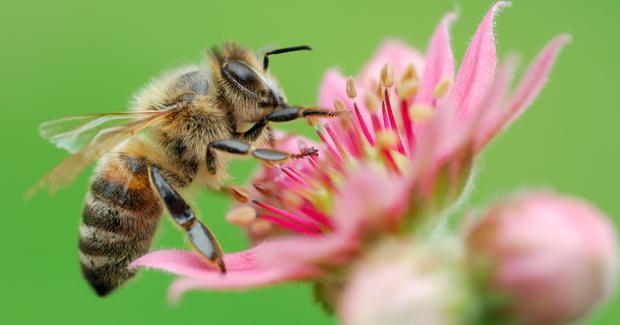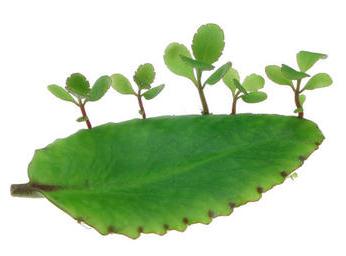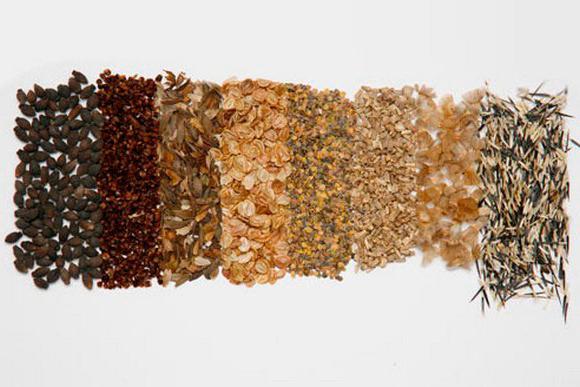Its essence is as follows. After pollination of the plant, fertile (active) pollen falls on the stigma of the pistil and is retained there, thanks to a viscous medium and special sticky components. Then the mired cell begins to germinate inside the column, forming a pollen tube. It is through it that two sperm with a haploid set of chromosomes reach the ovary. Once inside the ovule, one of them merges with the egg, fully formed and ready for this process. This is how a zygote appears - diploid and later giving rise to a seed.
The second sperm inside the ovule fuses with the diploid cell in the center. As a result, endosperm is formed. The following processes complete reproductive functions:
- the seed coat is formed from the integuments of the ovule;
- the walls of the base of the pistil form the pericarp;
- the ovule forms the entire seed as a whole.
The result is the development of seeds inside the fetus.
Pollination methods
There are several main ways in which pollen gets on the stigma of the pistil. So, consider the methods of pollination of angiosperms:
- Self-pollination - without the participation of outsiders.
- With the help of the wind.
- Thanks to insects, animals, birds.
- With the help of water.
- Artificial pollination - with the help of people.

Vegetative propagation
Reproduction of flowers is also carried out vegetatively, that is, without the participation of sexual processes. These methods are very varied. The bottom line is to use different parts of the shoot (root, leaves, stem). Some of the most common options are:
- layering;
- mustache;
- vaccination;
- roots;
- leaf and petiole.
Most of these methods are used by people in the cultivation of vegetable and fruit crops.

Seeds of angiosperms
In different plants - different structures of this structure are similar, but the shape, composition, color can change. In addition, plants can be annual or perennial. Annuals reproduce only by seeds that ripen, as a rule, by the end of summer. Thus, the new generation will appear only in the next growing season. Seeds of annual flowers are often used by people to obtain various kinds of ornamental plants. The latter include asters, escholcia, marigolds, begonias, dope, calendula, levkoy, cosmea, miralibis and many others.

flowering fruits
Flower and fruit are the most important parts of angiosperms. They allow these plants to exist in different conditions, to be widely adapted and numerous.
The fruits of plants are distinguished by great species diversity, their consideration, classification and significance are studied by botanists around the world, the science of them is called carpology. The most common are berries, drupes, apple, pumpkin, pomegranate, pod, bean, caryopsis, leaflet, lionfish, hesperidium and others.
